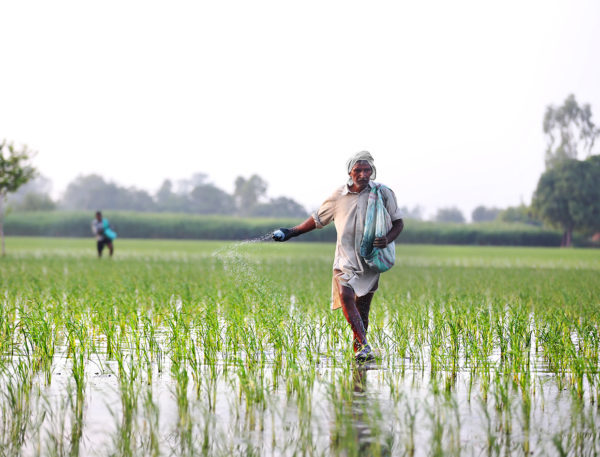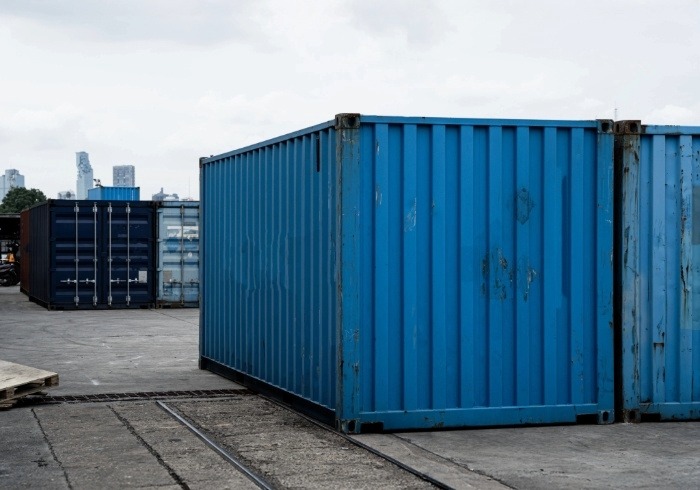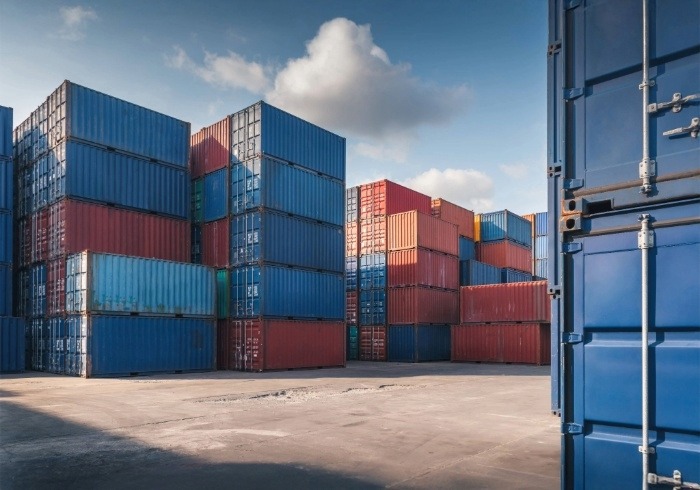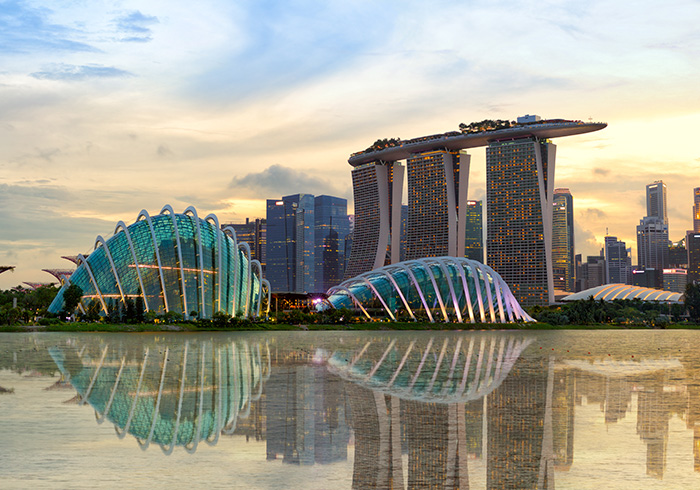Agri commodities conglomerate Olam has secured a three-year US$500mn sustainability-linked revolving credit facility (RCF), the pricing of which will be reduced if it meets certain performance criteria.
There were 15 lenders in equal parts to what amounts to Asia’s first sustainability-linked club loan. Olam is confident that it will not be the last, with Jayant Parande, group treasurer, telling GTR that discussions continue with commercial and development banks, as the company looks to replace its conventional debt with sustainable facilities where possible.
An independent company, Sustainalytics, has been appointed to review the pre-set performance targets on an annual basis. Should Olam meet all of those targets, it will see a reduction in the pricing, which has not been disclosed, but which is understood to be market rate for an RCF (for context, a Trafigura RCF signed last year was priced at Libor plus 0.85%).
The company will be evaluated on more than 50 criteria in the verticals of environmental (such as their carbon intensity), social (responsible sourcing and marketing) and governance (board diversity and independence).
“If we are able to meet these improvement targets – all of them – we will have a reduction in the base interest rate. The base interest margin is equivalent to the market for RCF. This would mean that this financing will be cheaper than RCFs of a similar type,” Parande says.
In that sense, it is similar to a loan structured by ING for commodity house Wilmar in Asia last year, covering the palm oil sector. In this case, a portion of an existing US$150mn RCF was converted, with Wilmar set to pay less if it meets targets around areas including biodiversity, greenhouse gas emissions, renewable energy, social standards, bribery and corruption, and sustainable agriculture.
For the most part, however, green loans are anomalous on Asia’s financial landscape, where green bonds have been the primary sustainable financing tool deployed. According to Rating Agency Malaysia, in Southeast Asia alone, the green bond market will reach US$5bn this year, up from US$2.3bn in 2017.
ING was the sustainability co-ordinator on the facility, while BNP Paribas acted as facility agent.
The 15 lenders were: ABN Amro, ANZ, BTMU, BNP Paribas, Commerzbank, Commonwealth Bank of Australia, DBS, HSBC, ING, Mizuho, National Australia Bank, Natixis, Rabobank, Standard Chartered and UniCredit.
For banks, this is a chance to meet their own ESG targets, but it also looks good: many banks talk the talk, in sustainable terms, but visibility on green transactions has been poor.
“Green loans are a win-win for businesses and banks with better pricing incentives providing sufficient motivation to improve sustainability performance for long-lasting impact on society and the environment. In fact, we notice clients and prospects are wanting to explore variations of green loans in Asia Pacific so we are hopeful Olam’s facility is the start to more green finance here,” Casper van Rijn, Asia Pacific head of food and agri commodities at ABN Amro, tells GTR.
ING’s Asia Pacific CEO for wholesale banking, Gerrit Stoelinga, adds: “More organisations are partnering with us on such sustainability improvement loans, reflecting the rising interest to integrate sustainability programmes into mainstream business in Asia.”









